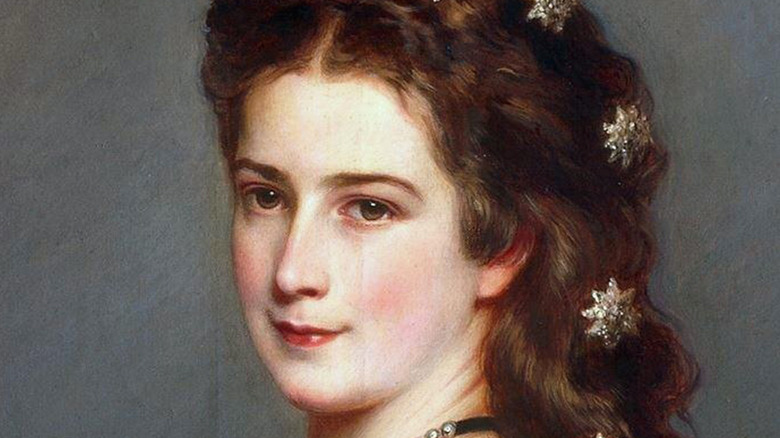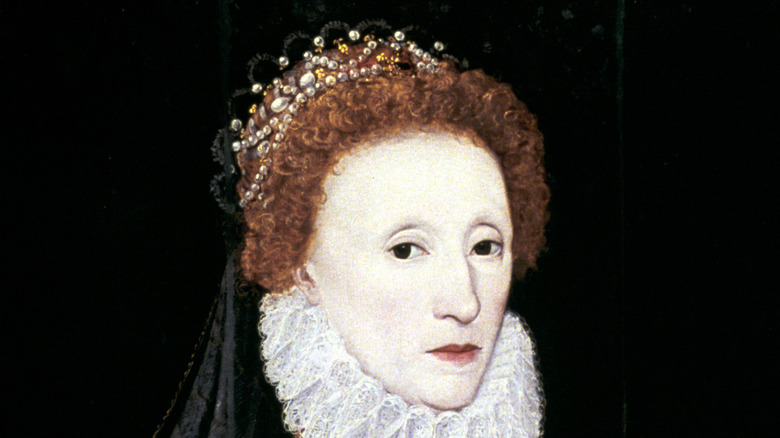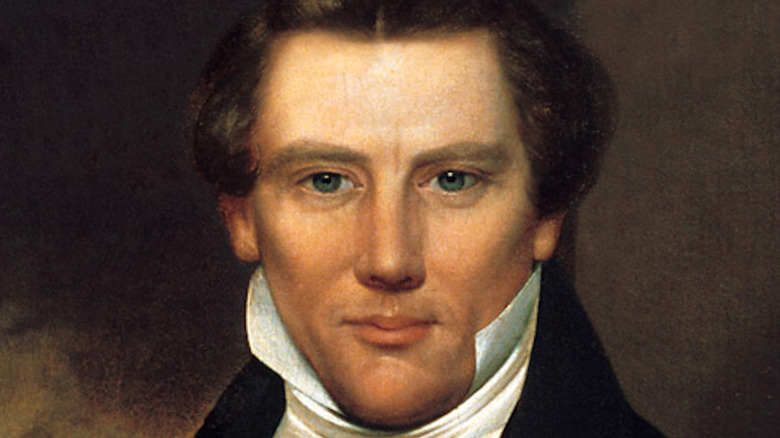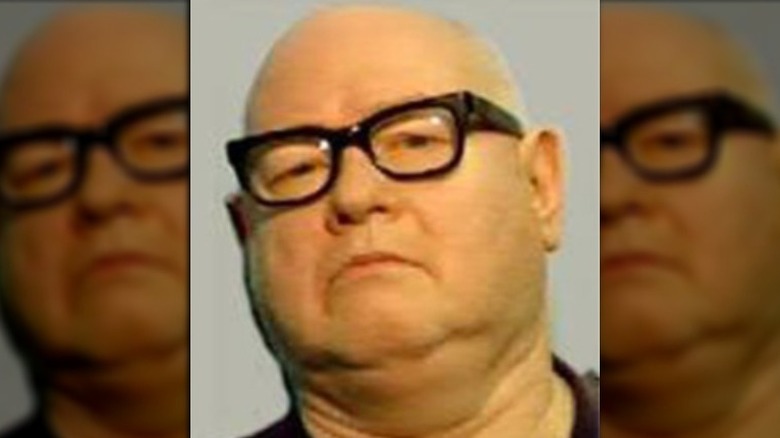
The Surprising Reason Rotting Teeth Was Once A Sign Of Wealth
The consumption of sugar has been a ubiquitous part of life for centuries, with modern countries importing record amounts of it. In ancient India (the origin of sugar cultivation), Greece, and Rome, sugar was treated as a medicine for various ailments (via Czarnikow). They did not know the consequences of a sugar-laden diet, however, as honey and lead were typically their sweeteners of choice (via Smithsonian Magazine). Even as sugar cane cultivation and culinary use spread from India to China, the Middle East, and Europe, it remained an expensive additive and its rare use was indicative of wealth.
European discovery of the Americas changed this, as the Caribbean environment was perfect for massive sugar cane plantations (which was, in turn, a driving force for Native and African enslavement). As sugar production increased dramatically, so too did its demand from Europe’s wealthy. Now it was not only one’s ability to buy sugar that was a symbol of status but how much one could buy. Where the Romans (unknowingly) exchanged lead-poisoning for good dental health, 16th century England, in particular, would take sugar in the opposite direction with a disgusting method of displaying wealth (via CNN).
A rotting smile was something few could afford in Tudor England
Prior to the introduction of sugar, people in the British Isles had fairly comprehensive oral hygiene methods, including chewing seeds, using toothpaste, and making use of mouthwash (via Slate). For the most part, this was still the case for the lower classes by the time of the House of Tudor. For the elite, however, societal expectation would lead to such progress being thrown out the window. According to ZME Science, Queen Elizabeth I’s desire for sugar and her ability to purchase large quantities of it led to her teeth becoming black and cavity-ridden.
Not wanting to be seen as unable to afford such a sugary diet, many of England’s upper classes did all they could to induce a similar appearance. One product, a sugar-based toothpaste, would be the bane of modern dentists as Tudor aristocracy even used it to further their oral decay (via Tudorsynasty.com). Throughout the era, these darkened smiles became as meaningful as expensive jewelry or clothes before eventually falling out of popularity. Given this and other dangerous sources of vanity, like the Queen’s lead-based makeup, it actually paid health-wise to not be rich in Tudor England.

How $280 Million Worth Of Bitcoin Ended Up In A Landfill

How American History Classes Lie About WW1

The Truth About Queen Jezebel In The Bible

How Al Pacino Almost Lost His Role In The Godfather

What You Didn't Know About Lynyrd Skynyrd's Gary Rossington

The Tragic Life And Death Of Empress Sisi Of Austria

Why The I-70 Killer May Have Killed A Man By Mistake

The Truth About John Wesley Hardin's Death

What Would Earth Look Like Without The Oceans?

AKC Announces Two New Dog Breeds: Barbet And Dogo Argentino

























